In recent years, traveling to China has become more and more popular around the world. Many people come to enjoy the unique life of China, taste delicious food, visit beautiful scenery, and experience Chinese traditional culture.
But you may find out it is rare to see people wearing traditional Chinese costumes in their daily lives. It seems like traditional clothing has been forgotten by them. So, you might have a question, what is Chinese traditional dress, Cheongsam, Qipao, or Kimono?
Hanfu – The Traditional Costume of China
Each country's traditional costumes are one of the symbols that reflect countries' ancient cultures and how native citizens were influenced by the regional environment. China has a long history of more than 5,000 years.
Undoubtedly, Hanfu, as the most typical traditional costume of China, is a very important part of Chinese national culture. But compared with other traditional cultures, such as Chinese painting and calligraphy, Hanfu is not getting proper status and glory in the Chinese Culture Circle.
Though with its disappearance in some ears, Hanfu still remains its typical features today due to its strong vitality. The clothing of Buddhism, Taoism, and many minority nationalities in China still maintains the characteristics of Hanfu.
Besides, Hanfu's elements can also be seen in some traditional essential festivals, such as commemorative events, folk festivals, and Kung Fu TV programs.
The journey of China is also a journey exploring traditional Chinese culture. Now, let's walk into the world of Hanfu, learn about its past and present, and unveil its beauty and mystery.
56 Ethnic Groups, 56 Traditional Costumes
China is a united multi-ethnic country; 56 ethnic groups are like a big family. Each ethnic group has its traditional costumes, so if you want to ask what is traditional Chinese clothing, then the traditional dress of any ethnic group can be taken as a traditional Chinese costume.
And among them, Hanfu as the traditional costume of Han nationality, is like the eldest son of this big family. As we know, China now has more than 1.4 billion people, and Han's population is close to 1.3 billion. Consequently, Hanfu is widely regarded as the most representative one compared to other traditional costumes in China.
Deriving from the etiquette and culture of the HuaXia period (5000 years ago), Hanfu is also called "Hua Costume." With the alternation of dynasties in China, Hanfu has been continuously absorbing peculiarities of a different dynasty.
By the time of the Han Dynasty (2000 years ago), it finally formed a complete costume system and was popularized nationwide. Hanfu also influenced the history of ancient Asia clothing through Confucianism, which makes Hanfu one of the oldest costumes in the world.
Unity between humans and Nature is the core of ancient Chinese traditional philosophy. Its concept and life pursuits are embodied in the design of Hanfu, which symbolizes the deep meaning of Hanfu and the aesthetic feeling of external forms.
Many details in Hanfu, for example, "the long-wide sleeve" and "crossed-collar with Right Pattern," reflect the modesty and inclusiveness of the eastern civilization.
The History of Hanfu
About 5,000 years ago, in the Neolithic period, the primitive agriculture and textile industry emerged in this land. The ancients tried to use woven linen to make clothes and began to wear clothes instead of animal fur. Then they invented mulberry silkworms and silk spinning, and those inventions contributed to the gradual formation of traditional Chinese clothing.
Shang Dynasty about 1600 B.C. - The Prototype of Hanfu
The Shang Dynasty was the first dynasty in China with written records. According to a large number of archaeological discoveries, the basic style of Hanfu has appeared in this period. It is also the earliest time to verify the existence of Hanfu.
Zhou Dynasty 1046 B.C. - Hanfu Officially Formed
At this period, the clothing system was initially established. And Hanfu began to develop into diverse styles. For instance, a significant difference could be seen between formal and informal Hanfu. The politics, economy, ideology, and culture of this period were undergoing tremendous changes.
At the same time, the way of dressing has been included in the criteria of etiquette and has become a manifestation of etiquette. Since then, Chinese traditional costume has been more detailed.
Han Dynasty 202 B.C. - Hanfu Established a System
The Han Dynasty was one of the most important dynasties in ancient history. From this point on, Hua Xia people got their new ethnic name and called themselves "Han People." Hanfu's status as a traditional Chinese costume was officially identified in the meantime.
Moreover, Hanfu began to attach more emphasis on clothing design, deriving hundreds of diverse costume styles to suit different occasions.
The style of Hanfu in this period gradually increased. In order to standardize Hanfu, people established a system of Hanfu, according to the occasion of wearing and the identity of people. And Hanfu became a complete clothing system.
Tang Dynasty A.D. 618 - The Peak of Hanfu
The Tang Dynasty was the most open dynasty in ancient China when the Silk Road brought the collision of thoughts between Eastern and Western civilizations. The frequency of trade and cultural exchanges between China and other countries reached an unprecedented height.
Poetry and painting were especially popular in this era. Based on that, Hanfu applied various embroidery and color-matching methods of that time into its designs. Through the Silk Road, Hanfu came to other countries and was deeply loved and spread in overseas regions.
Qing Dynasty A.D. 1616 - Sudden Disappearance of Hanfu
The Qing Dynasty was the regime of the Manchu, which was another nationality of China. At this time, the government promoted Manchu costumes, and completely banned and abolished Hanfu.
It's like a big bolt from the blue, and this traditional costume suddenly disappeared in China.
The Characteristics and Style of Hanfu
Hanfu is very easy to distinguish; it has pronounced characteristics.
The 3 basic features of Hanfu
- Crossed-collar with Right Pattern
- Restrain the waist by ropes
- Loose clothes with long-wide sleeves
Crossed-collar means the left and the right lapels of Hanfu crossed together. With the tie strings at left and right garment fronts, people could easily tie the clothes. And the Right Pattern stands for a certain pattern with the left lapel covering in front of the right one.
This style of clothing exists in many countries in East Asia, but other ethnic groups have both Left Pattern and Right Pattern, while Hanfu only officially accepts the Right Pattern.
Hanfu refers to the tie with string and hidden buckle. Unlike modern clothing, Hanfu has almost no buttons. Some people think that Hanfu uses the tie because the button hasn’t been invented at that time, but it is not valid. Hanfu does have “buttons,” which are what we call "Hidden Buckles." Hidden Buckle, which cannot be seen from the surface, is actually a cloth knot button, which we could usually find inside men’s shirt’s collar.
In fact, Hanfu also has small and short sleeves that are convenient for daily work and study. The long-wide sleeves are generally the characteristics of Hanfu formal dresses. For this kind of dress, the sleeves of Hanfu are longer than the arms. For example, the "Shenyi" style is required to be extended to the elbows, and the sleeves are four feet wide and nearly dragged to the ground.
Of course, such clothes are inconvenient to wear in daily life, but wearing a Hanfu can help a person become elegant and behave in a dignified way.
The 3 basic styles of Hanfu
Though Hanfu has a great number of different styles, generally, according to when and how certain types of Hanfu should be worn, it could be classified into 2 main categories, formal and informal. In terms of forms, Hanfu has 3 basic styles.
- Two-piece shirt and dress
- One-piece dress
- Two-piece shirt and pants
Two-piece shirts and dresses Hanfu has a very popular style which is called "Ruqun," the top shirt is called "Ru," and the bottom skirt is called "Qun." Generally, the shirt is short to the waist, and the dress is very long, which dragged to the ground. Like the basic style of women's clothes, Ruqun was always the most popular style in different periods.
The representative of the one-piece dress Hanfu is the "Shenyi" style, whose feature is covering the entire body of a human, which makes people look elegant. Many modern humanist scholars suggest promoting Shenyi, as the typical Hanfu in Chinese regions, to be the representative of Han culture.
Two-piece shirts and pants Hanfu means that the top shirt and bottom pants are made and worn separately. This type of Hanfu is very similar to the current modern clothing. Even nowadays, in the remote rural areas of China, there are still a large number of farmers wearing such clothes.
In addition to the pattern of clothes, Hanfu also differs in hairstyles, dressing method, and jewelry accessories. The diversity of women's Hanfu dressing style attributes to a variety of their hairstyles and hair accessories, while man's could attribute to the swords and folding fans they bring with them that makes them arty.
Hanfu vs. Cheongsam vs. Kimono
Cheongsam is the formal dress of modern China
Cheongsam is also called as "Qipao" in mandarin, was formed in the 1920s. It was decided by the government to be one of the national dresses and became the most popular women's clothing at that time.
Cheongsam is a one-piece dress, it must have the following typical appearance: made of a single piece of clothing, tight-fitting, a stand-up collar with Right Pattern, split on both bottom side.
We can see that the Cheongsam retains some elements of Hanfu, but it is quite different from Hanfu. Cheongsam is a kind of costume that belongs to the transition period in Chinese history, so in a strict sense, Cheongsam is not Hanfu.
Kimono is a Japanese traditional costume
Since the Tang Dynasty, the economic and cultural communication between China and the neighbor countries has been very close. The influence of Hanfu is very far-reaching. Many countries such as Japan, Korea, Vietnam, and other East Asian countries, came to China to learn the advanced approaches of textile technology and the advantages of Hanfu, and then combined with their national costumes to gradually develop their traditional costumes, such as Kimono, Hanbok. So now, you can still see the elements of Hanfu in these traditional costumes.
Hanfu Movement
What is Hanfu Movement?
The Hanfu Movement is the abbreviation of the Chinese Hanfu Culture Renaissance Movement.
Hanfu had disappeared for more than 300 years and is still in a tough time of resurgence, far from being widely known. Even with respect for objective history and the purpose of presenting Hanfu's status, it's inappropriate for us to deliberately ignore the fact that Hanfu is being forgotten by the majority.
The Hanfu Movement has been more than 10 years. Today, there are more than 1 million Hanfu fans in China. Compared with the population of 1.4 billion, the number is negligible. However, people's growing attention and like for Chinese traditional costumes will have a profound impact on modern clothes fashion.
There are 2 main reasons why Hanfu is challenging to promote on a large scale.
First, the cost is too expensive. Hanfu stands for an overall garment system, including clothes, hairstyle, face decoration, shoes, and accessories. Compared with modern clothes, Hanfu is more like a luxury.
Second, the Hanfu is not practical. How to wear Hanfu is a problem for many people. Its long-wide sleeve clothing style also brings many inconveniences to people's life, which is not compatible with fast-paced modern life.
In this case, it is obviously too early to initiate a nationwide campaign for Hanfu's Renaissance. If we must give Hanfu some special meaning, it may be in the name of "Hanfu Interest" instead of the so-called "Hanfu Movement" or "Hanfu Revival" to attract attention.
At present, Hanfu can only be popular with a few groups of people who like ancient Chinese culture, and if it wants to boost its visibility among the public, there is still a long way to go.
Finally, we also found a very shocking fact. For most young Hanfu costume advocates, they feel that there is no relationship between Hanfu and nationalism. In a sense, the love of Hanfu is a kind of pure love, a fantasy and nihilism, just like many people like Cosplay or role-playing video games.
Since the 21st century, Hanfu has been continually drawing on modern fashion clothing design. Based on traditional Hanfu clothes, it retains the advantages without suffering the disadvantages of Hanfu and designs more fashionable new Modern Hanfu.
As worldwide Hanfu enthusiasts are constantly appearing, such traditional clothing is becoming more and more popular around the world. In particular, when you walk in the streets of Chinese cities, like Shanghai, Guangzhou, Chengdu, or Shenzhen, you will often see a lot of girls wearing Hanfu.
Why do the Chinese wear Hanfu?
Among the Hanfu fans interviewed, the idea ofwearing Hanfu clothes generally began with a fascination with the martial arts and the pop costume drama TV show. Hanfu Fever does have a patriotic background, but most Hanfu fans are pursuing the beauty of costume and vintage elements. In fact, young people are under pressure from life and work, so a subculture that is simple and romantic, like Hanfu, is very attractive.
From dressing up for a unique look, to gradually learning about Hanfu and the history and culture related to it. More and more people are willing to pay attention to these clothes that represent traditional Chinese culture than in the past. Hanfu is becoming a pop culture trend. This reflects a more inclusive social environment and the enthusiasm of young people for traditional culture.
Can non-Chinese wear Hanfu?
There is no problem if one respects the traditional Chinese Hanfu culture and wears it in the right way.
More people around the world are interested in hanfu and are willing to understand and learn about the history of traditional Chinese costumes, which is what all Chinese traditional costume promoters and enthusiasts want.
Hanfu is a traditional Chinese costume and a symbol of Chinese traditional culture. Although it was once lost, it's just like the splendid long history of China; it continues to shine today and show its charm.
It is delightful to have friends coming from afar. Today's China, open and inclusive, welcome everyone who travels to China. And hopes that Chinese traditional Hanfu costumes can bring you a new experience with Chinese characteristics.
Have a nice trip!
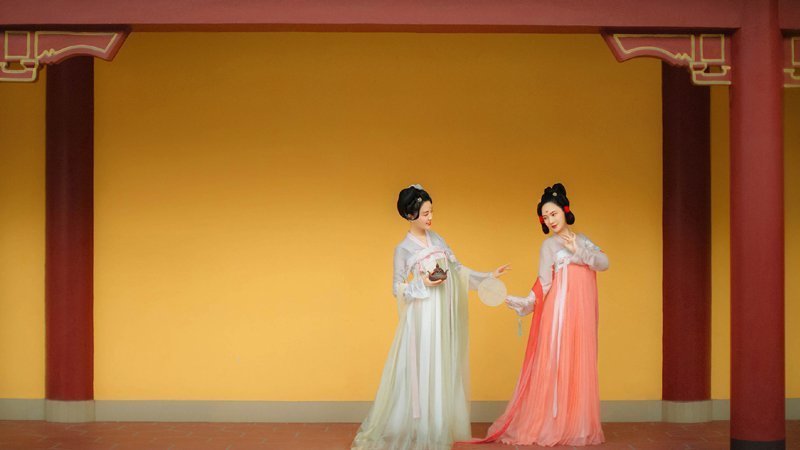

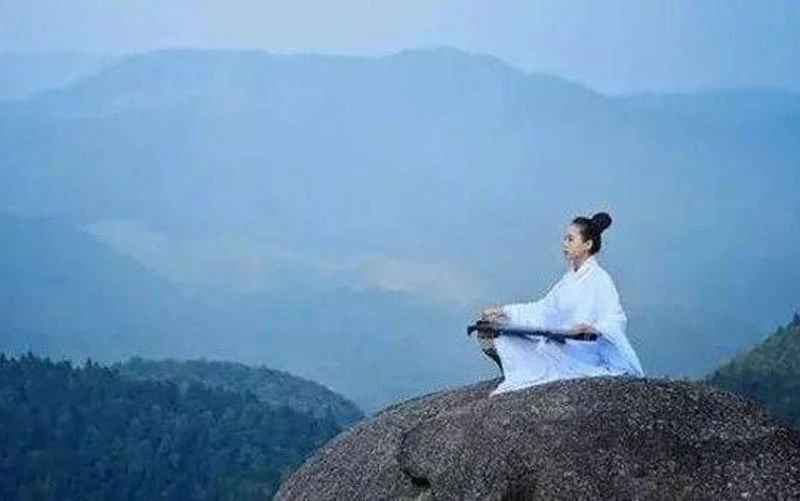

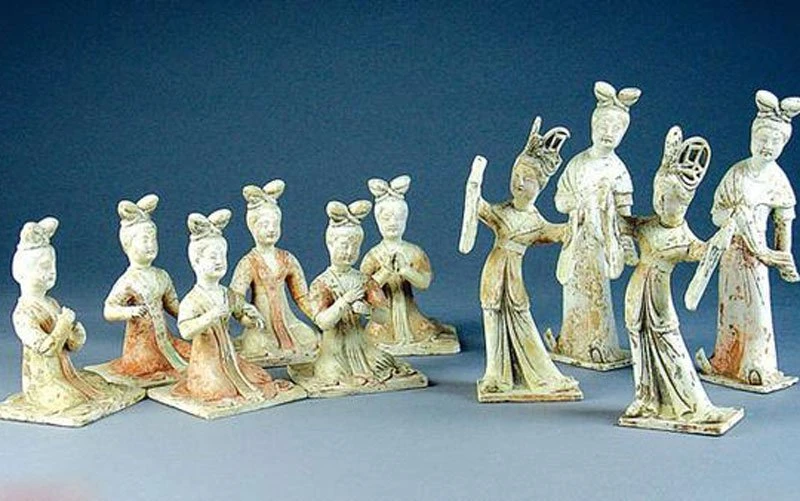
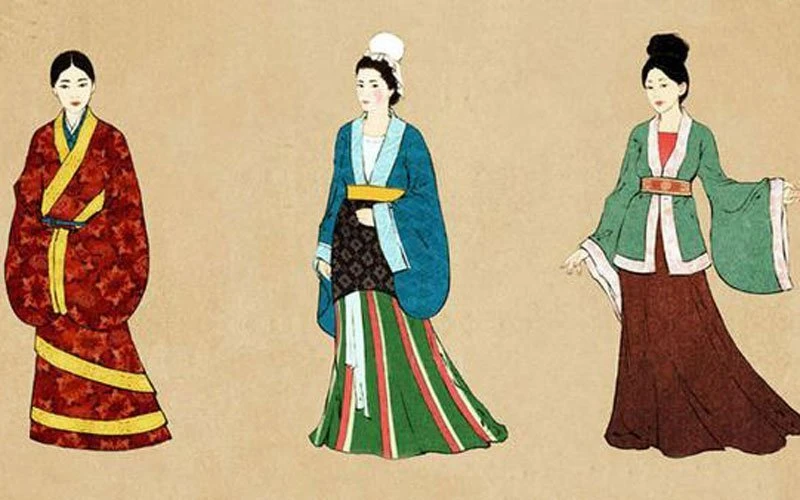

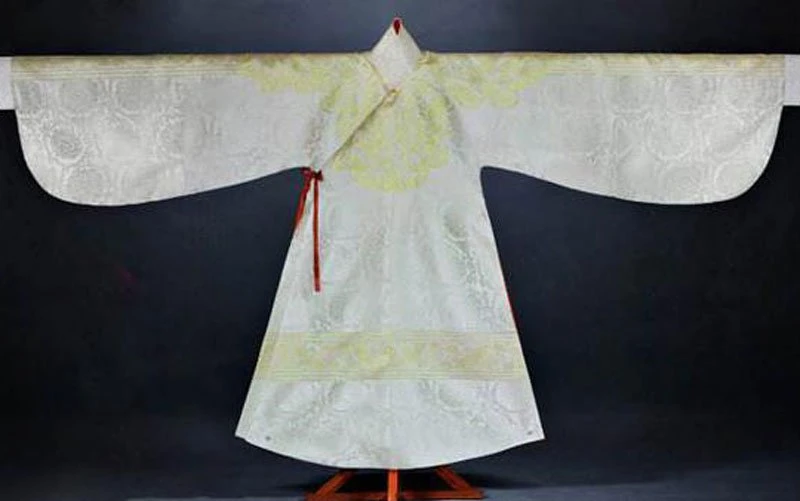
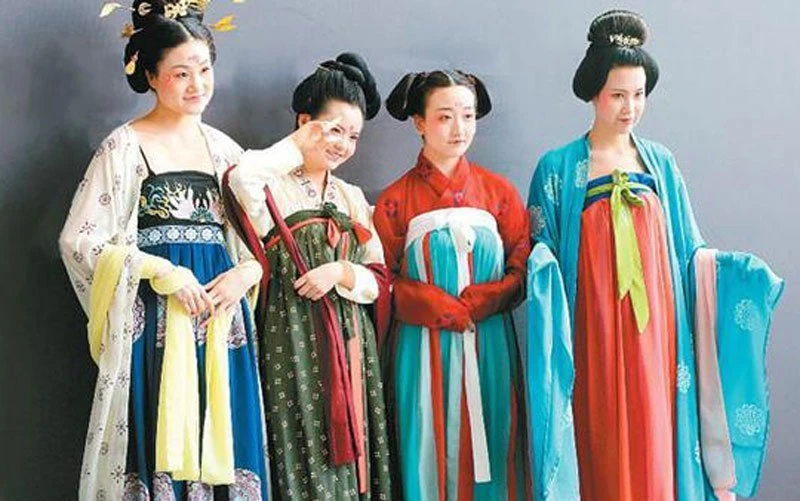
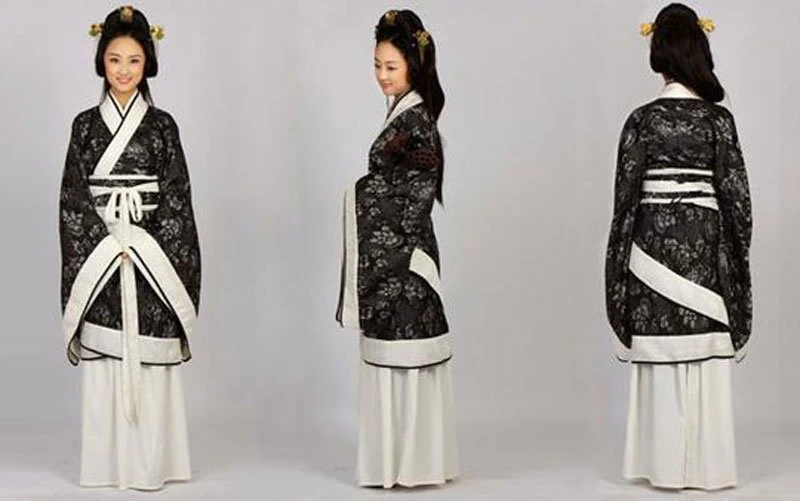

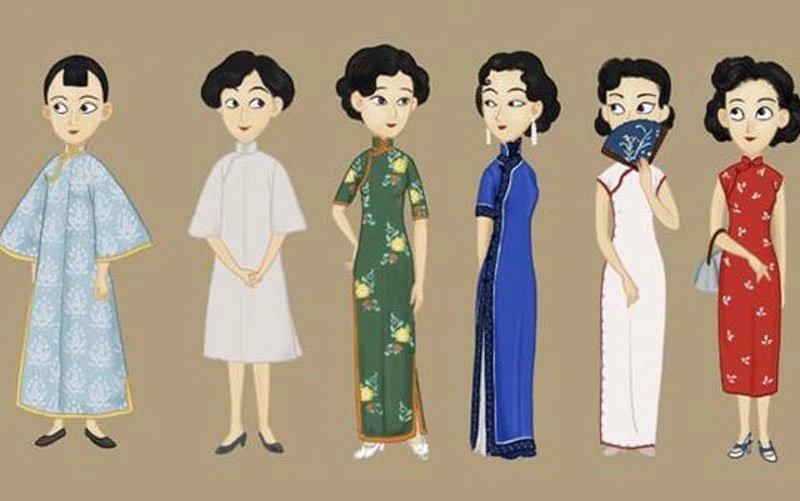
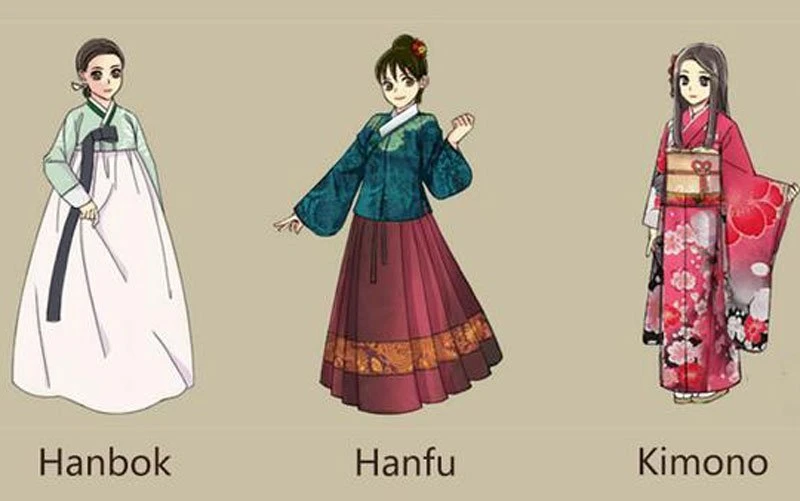

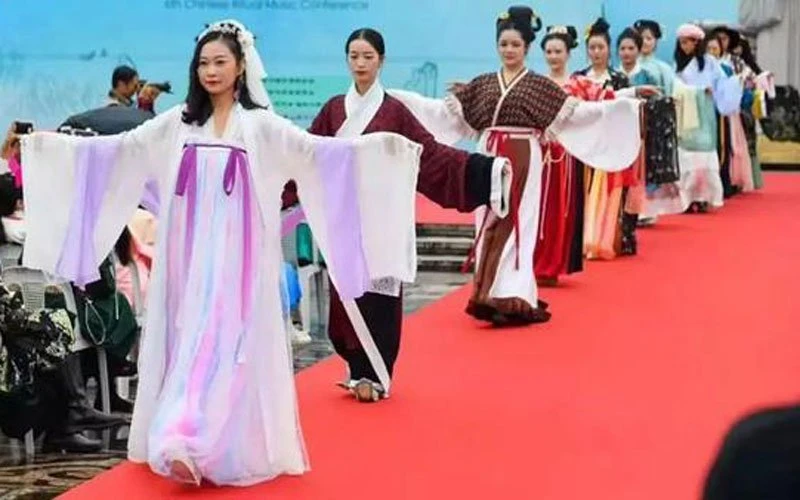
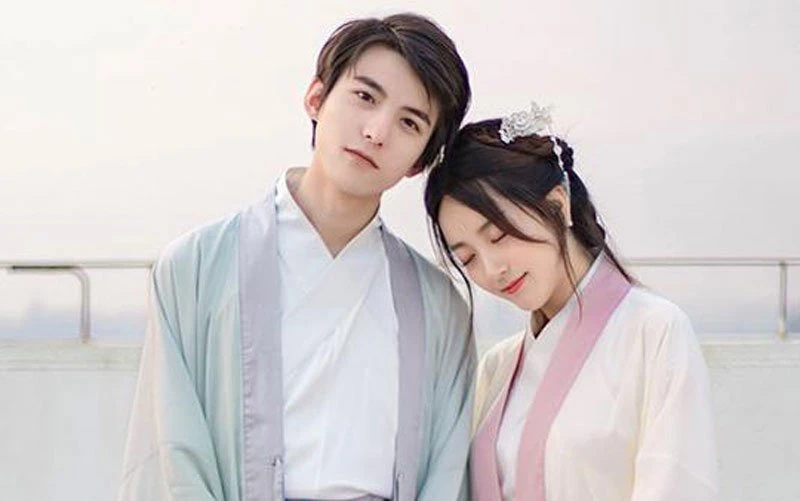
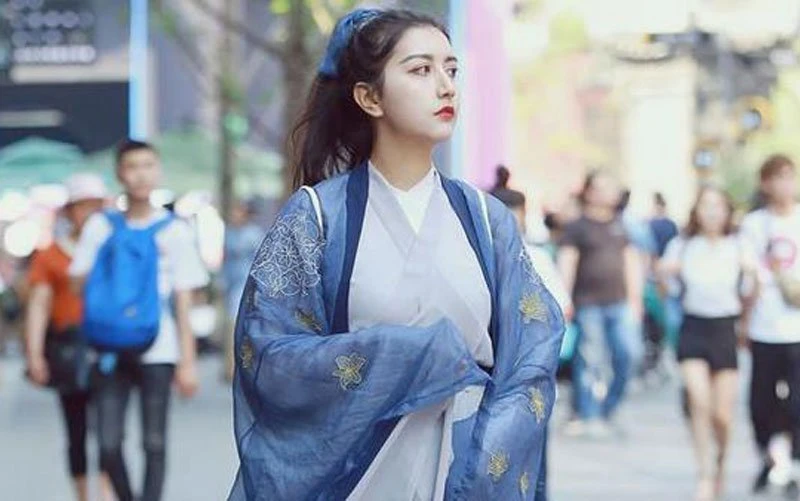
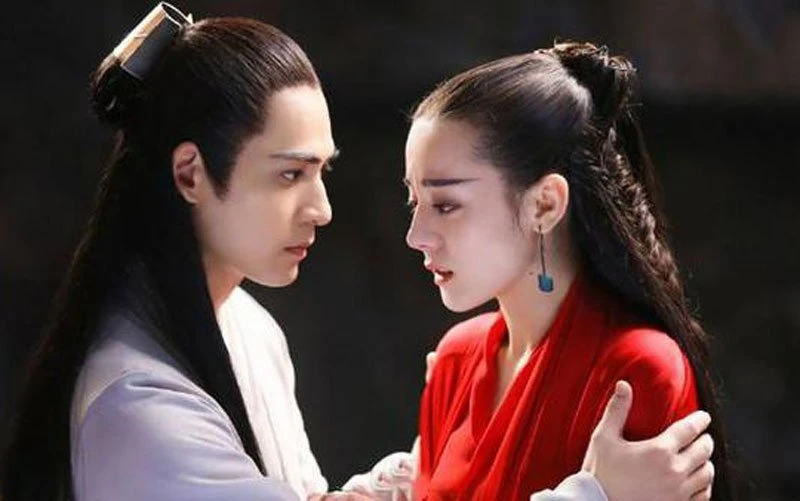

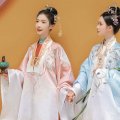

Thanks for the article😍
Gaun hanfu yg indahembuat orang2 ingin memakainya😍
This is really informative, I never thought that hanfu has different types. Since I only know its general name. Thank you for this!
I love hanfu